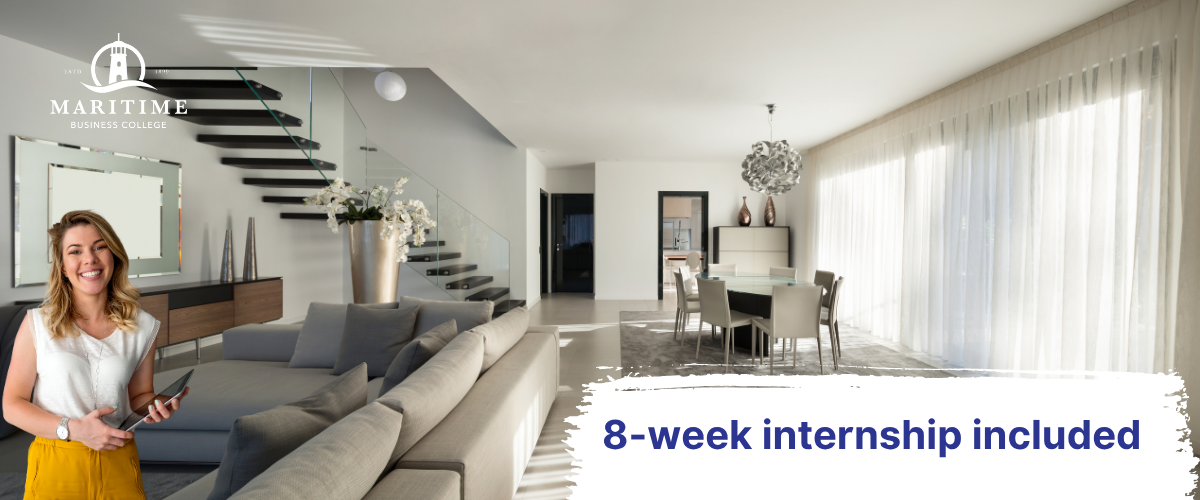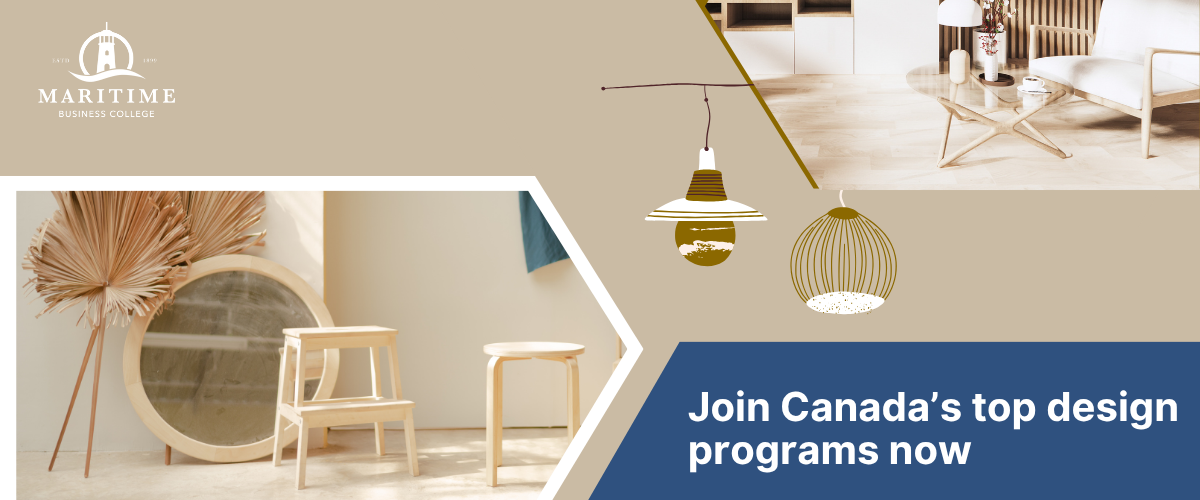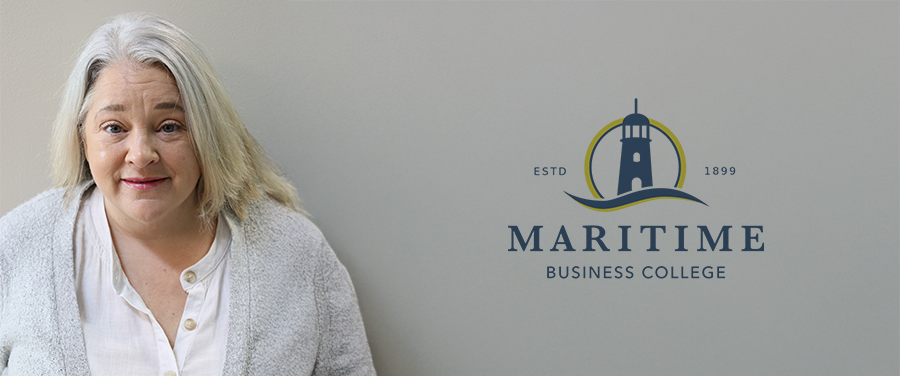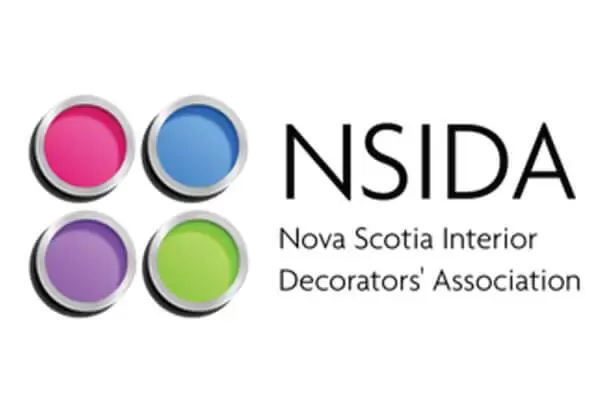The global interior decoration and design industry is booming, with projections reaching $255 billion by 2027 (Statista). As urbanisation accelerates and homeowners prioritise aesthetic and functional spaces, the demand for skilled interior designers has never been higher.
Whether you’re a creative enthusiast looking to turn your passion into a profession or a professional seeking to upskill, an interior design course can be your gateway to a rewarding, high-paying career. This guide explores:
-
Top interior design courses (online, offline, and international)
-
Key benefits of formal training vs. self-learning
-
Lucrative career paths and salary expectations
-
How to choose the right program based on your goals
By the end, you’ll have a clear roadmap to selecting the best course and kickstarting your design journey.
What is an Interior Design Course?
An interior design course is a structured program that trains students in space planning, colour theory, furniture design, lighting, and sustainable architecture. These courses vary in duration, depth, and specialisation, catering to different career goals.
When choosing an interior design education, prospective students often weigh the benefits of a focused diploma against a more comprehensive bachelor’s degree. Here’s a comparison between Maritime Business College (MBC)’s 14-month Interior Decorating Diploma and a typical 3-year Bachelor’s Degree from other institutions like Ryerson University or Savannah College of Art and Design:
Maritime Business College (MBC) Interior Decorating Diploma (14 Months)
-
Duration: Approximately 14 months, including an 8-week on-the-job training component.
-
Best For: Individuals seeking a rapid entry into the interior decorating field, career changers, or those looking to upgrade specific skills quickly. It’s ideal for those who prefer a more vocational and practical approach.
-
Curriculum Focus: Emphasises hands-on skills directly applicable to interior decorating. Topics include construction plan drafting, space planning, visual communications, and the fundamental elements of design (colour, lighting, textiles, furniture). It covers industry-standard software like AutoCAD, Google SketchUp, and Photoshop. There’s also a focus on kitchen and bath design, as well as an introduction to structural, technical, and mechanical systems and building codes for interior and commercial spaces.
-
Awarded Institution: Maritime Business College.
-
Career Pathways: Primarily prepares graduates for roles as interior decorator consultants in residential and commercial settings, potentially leading to self-employment. An articulation agreement with Yorkville University allows MBC graduates to further their studies toward a degree.
MBC Interior decoration course details
MBC’s Interior Decorating Diploma curriculum provides hands-on training in essential design skills, including space planning (optimising layouts for functionality and aesthetics), colour theory (selecting harmonious palettes for different environments), and material selection (textiles, finishes, and sustainable options). Students master industry-standard software like AutoCAD (for technical drafting) and SketchUp (for 3D modelling), along with practical applications in kitchen and bath design. The program emphasises real-world projects, teaching lighting strategies, furniture styling, and client presentation techniques, ensuring graduates are job-ready for residential and commercial decorating roles.
Bachelor’s Degree in Interior course (3-4 Years)
-
Duration: Typically 3 to 4 years of full-time study.
-
Best For: Students aiming for a long-term, comprehensive career in interior course (design), including roles that may involve architectural modifications or specialised design fields. It suits those desiring a deeper theoretical and historical understanding of design.
-
Curriculum Focus: Offers a more extensive and in-depth curriculum. This often includes advanced 3D modelling software (like Revit, 3ds Max, in addition to AutoCAD and SketchUp), a strong emphasis on sustainable design practices, and a broader exploration of design history, theory, and critical thinking. Programs usually incorporate extensive industry internships and dedicated portfolio development courses. They delve deeper into building science, regulations, and often cover a wider range of design specialisations.
In essence, the MBC Diploma provides a fast, practical pathway into interior decorating with essential industry skills, while a Bachelor’s Degree offers a broader, more theoretical, and in-depth education, often leading to more diverse and advanced career opportunities within the interior design profession.
Interior Decorating Diploma at Maritime Business College, Launch Your Design Career
If you’re looking for a hands-on interior course that prepares you for the workforce quickly, Maritime Business Colleges’ Interior Decorating Diploma is the perfect choice. This career-focused program provides practical training in residential and commercial design, equipping you with the skills needed to succeed in Canada’s growing interior design industry.

Why Choose MBC Interior Decorating Diploma?
-
14 months Interior decorating courses London
-
Unlike lengthy degree programs, our 14-month diploma gives you essential industry
-
skills efficiently, perfect for beginners or career changers who want to enter the field fast.
-
Industry-Aligned Curriculum
Learn from experienced instructors and gain real-world expertise in:-
Space Planning and Layout Design: Create functional, beautiful interiors
-
Colour Theory and Material Selection: Master finishes, fabrics, and sustainable choices
-
CAD and Design Software Use industry tools like SketchUp for presentations
-
Client Consultations and Project Management: Develop professional communication skills.
-
-
Hands-On Learning Approach
Our studio-based training ensures you get practical experience through:-
Live design projects for residential and commercial spaces
-
Portfolio development to showcase your work to employers
-
Industry networking opportunities with Canadian design professionals.
-
-
Career Opportunities After Graduation
Graduates of our interior decorating course find success in roles like:-
Residential Interior Decorator
-
Retail Space Designer
-
Home Staging Consultant
-
Design Sales Specialist
-
-
Affordable Tuition and Flexible Options
Compared to 4-year degrees, our program offers:-
Lower cost than university interior design programs
-
Day and evening classes to accommodate work schedules
-
Financial aid options for qualified students
-
-
Why Study Interior Decorating in Canada
Canada’s design industry is booming, with growing demand for trained decorators in:-
Real estate staging
-
Hospitality and retail design
-
Sustainable interior solutions
-
After graduation, you’ll be prepared for North American design standards and local market needs.
Top 5 Benefits of Taking an Interior Design Course
1. High Demand in the Job Market
The interior course industry is experiencing 4.5% annual growth (IBISWorld), with expanding opportunities across multiple sectors:
-
Residential Design: Homeowners increasingly invest in professional space planning, especially for compact urban living.
-
Commercial Spaces: Corporations prioritise employee well-being, driving demand for office designers.
-
Hospitality Industry: Hotels and restaurants compete through innovative interiors, creating steady work.
-
Healthcare Design: Hospitals need functional, healing-focused spaces, a niche with 12% growth (ASID).
Emerging trends like biophilic design (nature-inspired spaces) and smart home integration further boost opportunities.

2. Lucrative Salary Potential
Interior design offers strong earning potential, with variations by experience and location:
Entry-Level Designers ($40,000–$60,000/year)
-
Assist senior designers in space planning and client presentations.
-
Common roles: Junior Designer, Design Assistant.
Mid-Career Professionals ($60,000–$100,000/year)
-
Lead projects independently (e.g., home renovations, retail layouts).
-
Specialisations like kitchen/bath design can increase earnings by 20%.
Senior Designers ($80,000–$150,000+)
-
Top earners work in luxury residential or corporate design (e.g., NYC, London).
-
Freelancers with niche expertise (e.g., sustainable design) charge $100–$250/hour.
Regional Variations:
-
Canada: Avg.. salary $58,000 (Indeed).
-
UK: Senior designers earn £45,000–£70,000 (BIID).
3. Flexibility (Freelance or Full-Time)
The interior course offers unmatched career flexibility:
Freelance/Remote Work
-
E-design services (virtual consultations) grew 300% post-pandemic (Decorilla).
-
Platforms like Houzz and Upwork connect designers with global clients.
Entrepreneurial Paths
-
Start a design blog or YouTube channel to monetise expertise.
-
Launch a product line (e.g., furniture, home decor).
Corporate Roles
-
In-house positions at real estate firms or retail chains offer stability.
4. Enhances Creativity and Technical Skills
Modern interior courses teach cutting-edge tools:
Must-Learn Software
-
AutoCAD: Industry standard for 2D/3D drafting.
-
SketchUp: User-friendly 3D modelling for beginners.
-
Revit: Essential for BIM (Building Information Modelling).
-
Enscape: Real-time rendering for client presentations.
Creative Skill Development
-
Colour Psychology: Use hues to influence mood (e.g., blues for calm).
-
Space Optimisation: Techniques for small apartments (e.g., multifunctional furniture).
5. Global Recognition & Credibility
Certifications validate expertise and open doors:
Top Certifications
-
NCIDQ (USA/Canada): The gold standard for licensure.
-
BIID (UK): Enhances credibility for British designers.
-
Leadership in Energy and Environmental Design (LEED) AP: Specialisation in sustainable design (earn 15% more).
Impact on Careers:
-
Certified designers win 40% more bids (ASID survey).
-
Higher trust from clients and employers.
Interior Course vs. Alternatives:- Detailed Comparison
|
Factor
|
Structured Course
|
Self-Learning
|
|
Curriculum Depth
|
Covers theory, history, and trends
|
Focuses on piecemeal tutorials
|
|
Feedback
|
Instructor critiques portfolio work
|
No professional review
|
|
Networking
|
Access to alumni and industry events
|
Limited connections
|
|
Software Access
|
Free/discounted professional tools
|
Self-funded licenses ($1,000+/year)
|
Key Insight: Self-learning works for hobbyists, but courses provide career acceleration.
Career opportunities after an Interior decorating course London
1. Residential Interior Designer
-
Salary: $45,000–$90,000
-
Skills Needed: Client consultation, material sourcing, project management.
-
Growth Tip: Specialise in ageing-in-place design (booming with elderly populations).
2. Commercial Designer (Offices, Retail)
-
Salary: $50,000–$120,000
-
Trends: Hybrid workspaces and experiential retail (e.g., Apple Stores).
3. Sustainable Design Consultant
-
Salary: $60,000–$100,000+
-
Certifications: LEED, WELL AP.
-
Projects: Net-zero homes, recycled material sourcing.
4. Set Designer (Film/Theatre)
-
Salary: $40,000–$85,000
-
Portfolio Tip: Showcase mood boards and scale models.

Still seeking the best alternative interior design courses in Canada (2025)?
The interior course education landscape offers diverse pathways for aspiring designers. Whether you’re looking for prestigious degree programs, practical diplomas, or flexible online options, this guide breaks down the best interior design courses in Canada, the UK, and digital platforms to help you make an informed decision.
1. Best interior design courses in Canada
Canada boasts some of North America’s most respected design schools, combining theoretical knowledge with hands-on experience:
Ryerson University (Toronto) – Bachelor of Interior Design
-
Program Length: 4 years
-
Key Features:
-
CIDA-accredited (Council for Interior Design Accreditation)
-
Focus on sustainable design and digital technologies
-
Mandatory internship in the 3rd year with top firms like II BY IV Design
-
-
Unique Advantage: Direct access to Toronto’s thriving design scene
-
Career Outcomes: 92% employment rate within 6 months of graduation
-
Tuition: Approximately $9,000 CAD/year for domestic students
Vancouver Island University – Diploma in Interior Design
-
Program Length: 2 years
-
Key Features:
-
Intensive focus on residential and commercial design
-
Includes BC Housing licensing preparation
-
State-of-the-art design labs with VR capabilities
-
-
Industry Connections: Partnerships with local firms like McLeod Bovell Modern Houses
-
Tuition: About $16,000 CAD for the entire program
Emerging Canadian Programs Worth Considering:
-
Sheridan College (Ontario): Known for its strong co-op program
-
LaSalle College (Montreal): Bilingual program with European design influences
2. Interior decorating courses London, Providing Other Universities
London remains a global design capital with institutions blending traditional and contemporary approaches:
University of the Arts London – BA (Hons) Interior Design
-
Program Length: 3 years
-
Key Features:
-
Explores experimental and conceptual design approaches
-
Strong emphasis on material innovation
-
Regular industry critiques from leading London designers
-
-
Facilities: Dedicated workshops for wood, metal, and textiles
-
Tuition: £9,250/year for UK students
Other Prestigious UK Options:
-
The Interior Design School (London): Focuses on spatial design
-
Glasgow School of Art: Renowned for its creative approach
3. Affordable online interior design courses
Digital learning platforms have revolutionised design education:
Coursera – “Interior Design Specialisation” (University of California)
-
Program Length: 6 months (5 hours/week)
-
Curriculum Highlights:
-
History of interior design
-
Sustainable design principles
-
Capstone project with peer review
-
-
Cost: $49/month after free trial
-
Best For: Career-changers needing flexibility
Udemy – “Mastering Interior Design”
-
Program Length: 15 hours of on-demand video
-
Key Modules:
-
Colour theory applications
-
Furniture arrangement techniques
-
Client presentation skills
-
-
Lifetime Access: Frequently discounted to $12.99
-
Student Support: Q&A with instructor
Other Notable Online Options:
-
New York Institute of Art and Design: Accredited online certification
-
The Design Institute of San Diego: Hybrid online/on-campus program
Top schools facilitate placements with:
-
Architecture firms (e.g., Gensler, Perkins and Will)
-
Luxury furniture showrooms
-
Property development companies
Example: Ryerson students often intern at Quadrangle Architects, working on real commercial projects.

Portfolio development programs typically include:
-
Professional photography sessions for student work
-
Digital portfolio creation workshops
-
Annual graduate exhibitions attended by recruiters
Career Services
-
One-on-one coaching sessions
-
Resume tailoring for design positions
-
Mock interviews with industry professionals
Global Design Communities & Professional Associationism of the interior course
Membership in these organisations provides ongoing career value:
International Interior Design Association (IIDA)
-
Benefits:
-
Annual NeoCon conference access
-
Emerging Designer competitions
-
Global job board with exclusive listings
-
British Institute of Interior Design (BIID)
-
Membership Advantages:
-
CPD-accredited workshops
-
Client referral program
-
Legal and business support
-
Local Design Communities, Most cities have active groups like:
-
Toronto Design Offsite Festival network
-
London Design Medal alumni circle
Conclusion – your design future from the best interior design courses in Canada
The interior course education landscape in 2025 offers unprecedented opportunities across continents and delivery formats. From the rigorous academic environment of Maritime Business College, Ryerson University, to the industry-focused intensity of KLC School of Design, or the flexibility of Coursera’s online specialisation, there’s a perfect program for every aspiring designer.
FAQs about the best interior design courses in Canada
1. What is the duration of an interior design course?
Most certifications take 6-12 months, while degrees require 3-4 years, but we suggest enrolling in the MBC Interior Decorating course, which is 14 14-month diploma course.
2. Can I learn interior design online?
Yes! Platforms like Coursera & Udemy offer flexible courses.
3. Which country is best for interior design studies?
Canada, the UK, and the USA have top-ranked design schools.
4. Is interior design a good career for the future?
Absolutely! The industry is growing faster than average.
5. What software do interior designers use?
AutoCAD, SketchUp, Revit, and Adobe Photoshop are essential.


